
John Clarke
Physics, 2025 | Faculty
An emeritus professor of physics at Berkeley, Clarke’s award recognizes his work on quantum tunneling, one of many strange aspects of quantum mechanics. Clarke shared the prize with Michel H. Devoret and John M. Martinis, who at the time of their prize-winning research were at UC Berkeley.

Michel Devoret Postdoctoral Fellow ’82–’84
Physics, 2025 | Alum
Devoret’s award recognizes his work on quantum tunneling, one of many strange aspects of quantum mechanics. He shared the prize with John Clarke and John Martinis.

John Martinis ’80, Ph.D. ’86
Physics, 2025 | Alum
Martinis’s award recognizes his work on quantum tunneling, one of many strange aspects of quantum mechanics. He shared the prize with John Clarke and Michel H. Devoret.

Omar Yaghi
Chemistry, 2025 | Faculty
Yaghi was cited — alongside Richard Robson and Susumu Kitagawa — for creating “molecular constructions with large spaces through which gases and other chemicals can flow. These constructions, metal-organic frameworks, can be used to harvest water from desert air, capture carbon dioxide, store toxic gases or catalyze chemical reactions.”
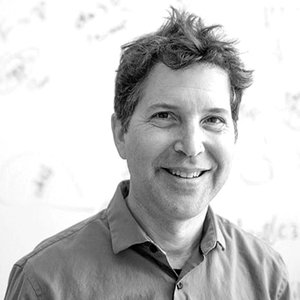
David Baker Ph.D. ’89
Chemistry, 2024 | Alum
Baker, a biochemist who worked with 2013 Nobelist Randy Schekman at Berkeley, was honored in 2024 for computational protein design.
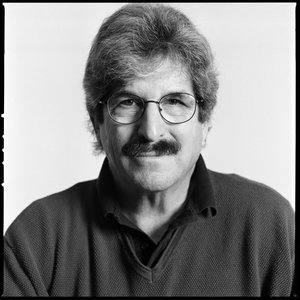
Gary Ruvkun ’73
Physiology or Medicine, 2024 | Alum
Ruvkun, a 1973 graduate with a B.A. in biophysics, shares the prize with Victor Ambros, a professor at the UMass Chan Medical School, for their discovery of microRNA and and its role in post-transcriptional gene regulation.
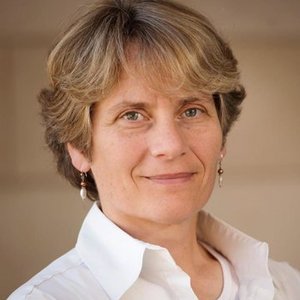
Carolyn Bertozzi Ph.D. ’93
Chemistry, 2022 | Alum
Bertozzi’s research into bioorthogonal reactions furthers the work of her co-winners, who developed the new field of “click chemistry.”
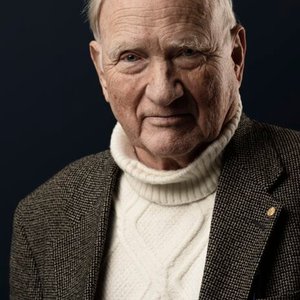
John Clauser Postdoctoral Fellow ’69–’75
Physics, 2022 | Alum
The prize was awarded jointly to Alain Aspect, John F. Clauser, and Anton Zeilinger “for experiments with entangled photons, establishing the violation of Bell inequalities and pioneering quantum information science.”
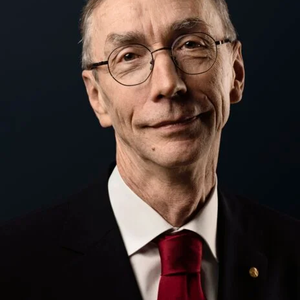
Svante Pääbo Postdoctoral Fellow ’87–’90
Physiology or Medicine, 2022 | Alum
The Nobel Prize in Physiology or Medicine 2022 was awarded to Svante Pääbo “for his discoveries concerning the genomes of extinct hominins and human evolution.”
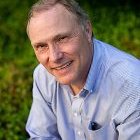
David Card
Economics, 2021 | Faculty
Card shared his prize for work that challenged orthodoxy and dramatically shifted understanding of inequality and the social and economic forces that impact low-wage workers.
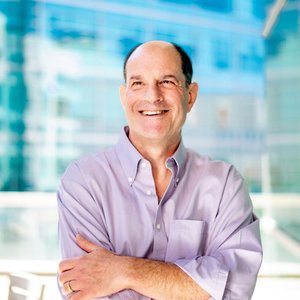
David Julius Ph.D. ’84
Physiology or Medicine, 2021 | Alum
Julius shared the prize with Ardem Patapoutian “for their discoveries of receptors for temperature and touch.”
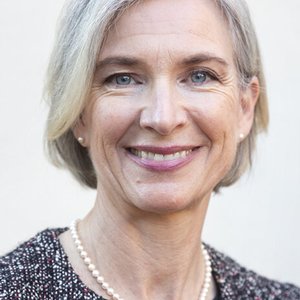
Jennifer Doudna
Chemistry, 2020 | Faculty
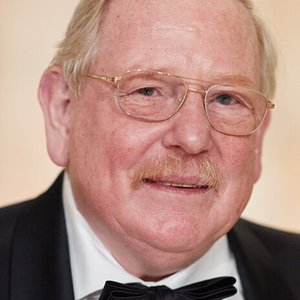
Reinhard Genzel
Physics, 2020 | Faculty
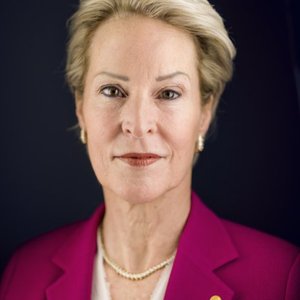
Frances Arnold Ph.D. ’85
Chemistry, 2018 | Alum
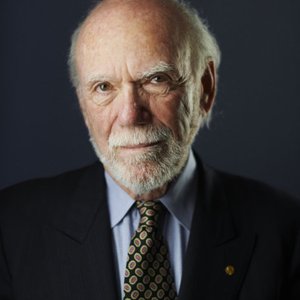
Barry Barish ’57, Ph.D. ’62
Physics, 2017 | Alum
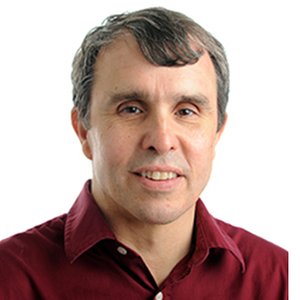
Eric Betzig
Chemistry, 2014 | Faculty
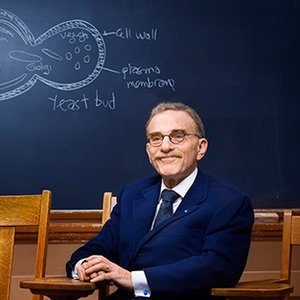
Randy Schekman
Physiology or Medicine, 2013 | Faculty
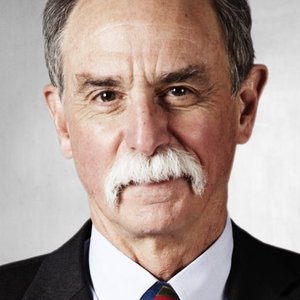
David J. Wineland B.A. ’65
Physics, 2012 | Alum
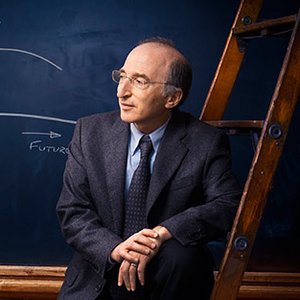
Saul Perlmutter Ph.D. ’86
Physics, 2011 | Faculty
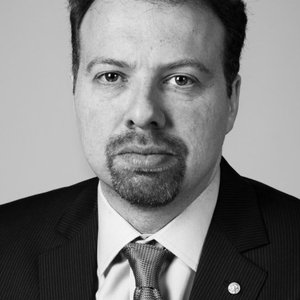
Adam Guy Riess Miller Fellow ’96–99
Physics, 2011 | Alum
Berkeley professor Saul Perlmutter (a fellow Cal alum) led a team that discovered the accelerating expansion of the universe; the prize was awarded jointly to Riess and Brian Schmidt.
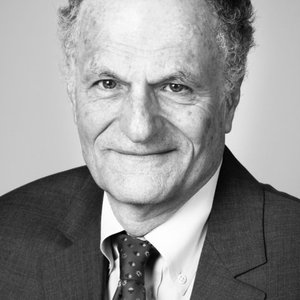
Thomas Sargent ’64
Economics, 2011 | Alum
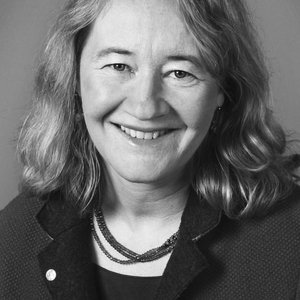
Carol Greider Ph.D. ’87
Physiology or Medicine, 2009 | Alum
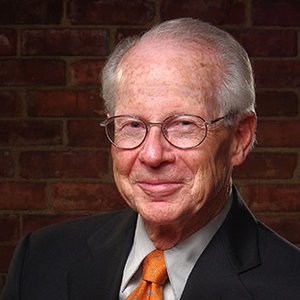
Oliver Williamson
Economics, 2009 | Faculty
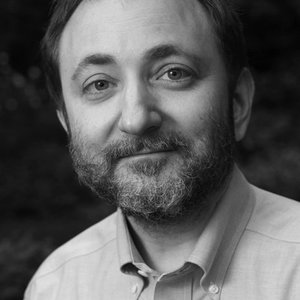
Andrew Z. Fire ’78
Physiology or Medicine, 2006 | Alum
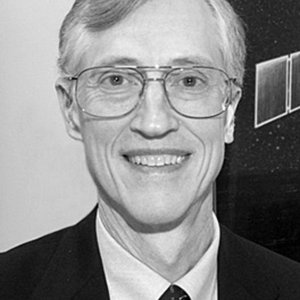
John C. Mather Ph.D. ’74
Physics, 2006 | Alum
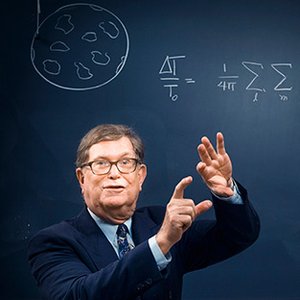
George Smoot
Physics, 2006 | Faculty
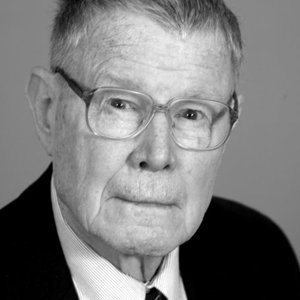
Thomas C. Schelling ’44
Economics, 2005 | Alum
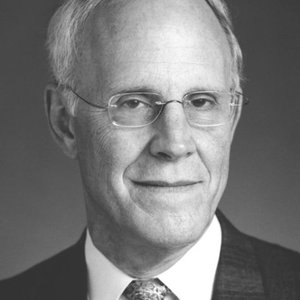
David Gross Ph.D. ’66
Physics, 2004 | Alum

Daniel Kahneman Ph.D. ’61
Economics, 2002 | Alum
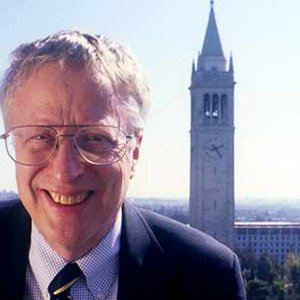
George Akerlof
Economics, 2001 | Faculty
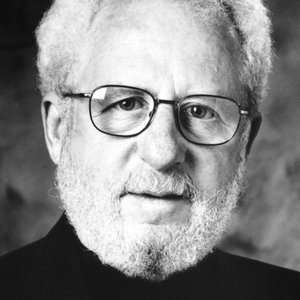
Alan Heeger Ph.D. ’61
Chemistry, 2000 | Alum
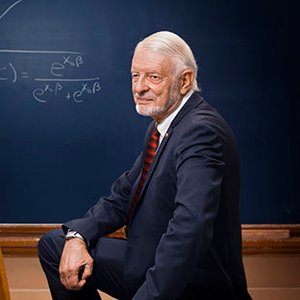
Daniel McFadden
Economics, 2000 | Faculty
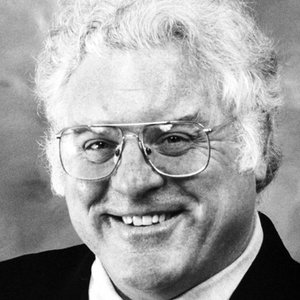
Robert Laughlin ’72
Physics, 1998 | Alum
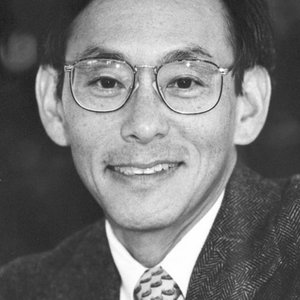
Steven Chu Ph.D. ’76
Physics, 1997 | Alum
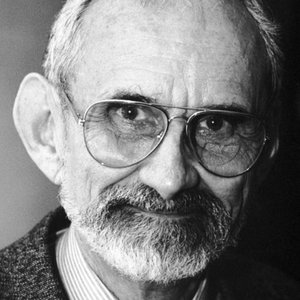
Robert Curl Ph.D. ’57
Chemistry, 1996 | Alum
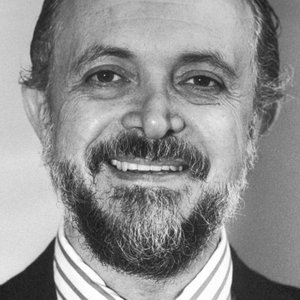
Mario Molina Ph.D. ’72
Chemistry, 1995 | Alum
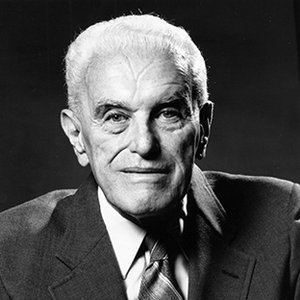
John Harsanyi
Economics, 1994 | Faculty
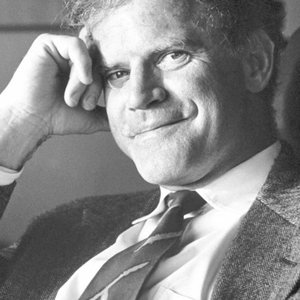
Kary Mullis Ph.D. ’73
Chemistry, 1993 | Alum
This prize recognized contributions to developments of methods within DNA-based chemistry, with one half to Mullis for his invention of the polymerase chain reaction (PCR) method, the other to Michael Smith.
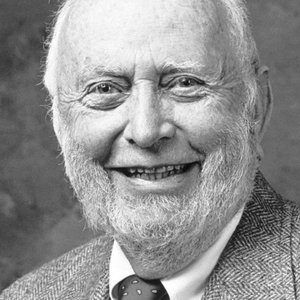
Douglass North ’42, Ph.D. 1952
Economics, 1993 | Alum
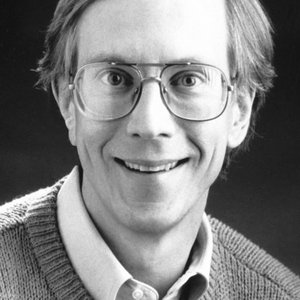
Thomas Cech Ph.D. ’75
Chemistry, 1989 | Alum
Cech shared his prize with Sidney Altman for their discovery of catalytic properties of RNA.

Yuan T. Lee Ph.D. ’65
Chemistry, 1986 | Faculty
Lee designed experiments that sent streams of intensely packed molecules into each other at supersonic speeds, contributing to today’s powerful lasers.
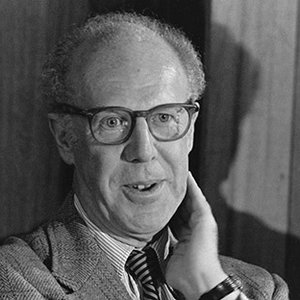
Gerard Debreu
Economics, 1983 | Faculty
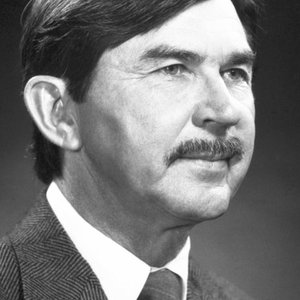
Henry Taube Ph.D. ’40
Chemistry, 1983 | Alum
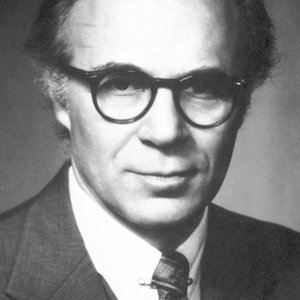
Lawrence Klein ’42
Economics, 1980 | Alum
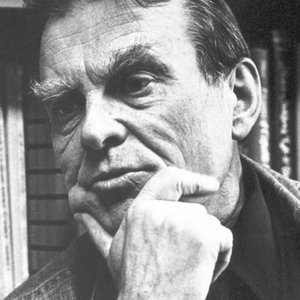
Czeslow Milosz
Literature, 1980 | Faculty
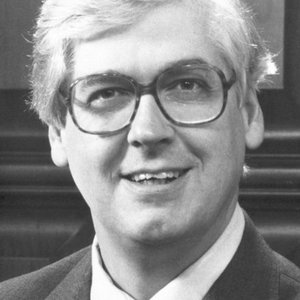
Hamilton Smith ’52
Physiology or Medicine, 1978 | Alum
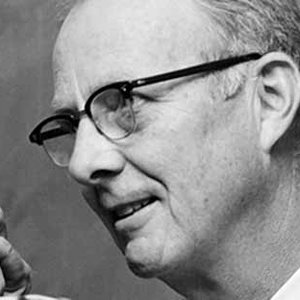
Luis Alvarez
Physics, 1968 | Faculty
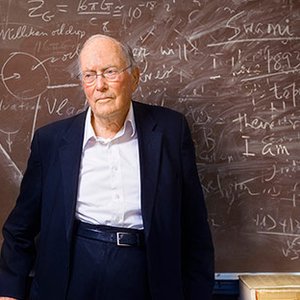
Charles Townes
Physics, 1964 | Faculty
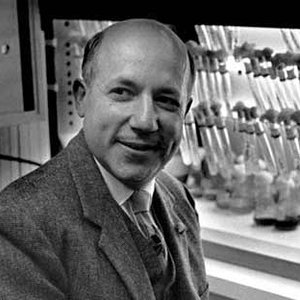
Melvin Calvin
Chemistry, 1961 | Faculty
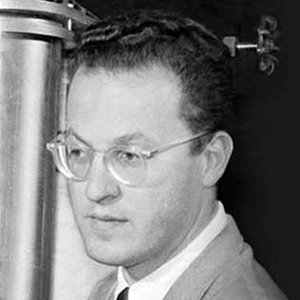
Donald Glaser
Physics, 1960 | Faculty
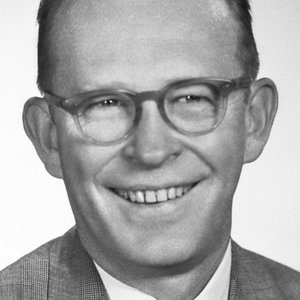
Willard Libby ’31, Ph.D. ’33
Chemistry, 1960 | Alum
The Nobel Prize in Chemistry 1960 was awarded to Willard Frank Libby “for his method to use carbon-14 for age determination in archaeology, geology, geophysics, and other branches of science.”
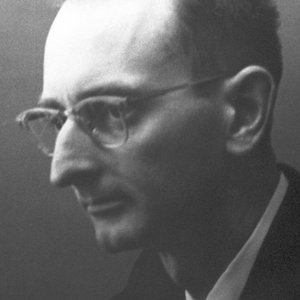
Owen Chamberlain
Physics, 1959 | Faculty
Chamberlain and Emilio Segrè discovered the anti-proton, signaling a major leap in the study of matter and antimatter.
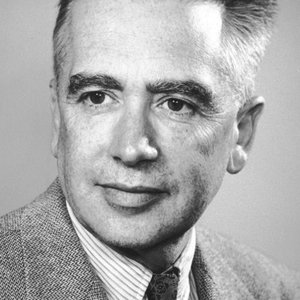
Emilio Segrè
Physics, 1959 | Faculty

Willis Lamb ’34, Ph.D. ’38
Physics, 1955 | Alum
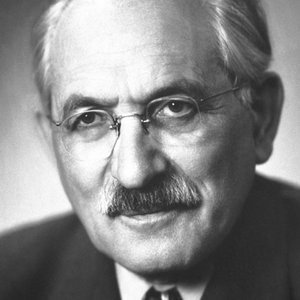
Selman Waksman Ph.D. 1918
Physiology or Medicine, 1952 | Alum
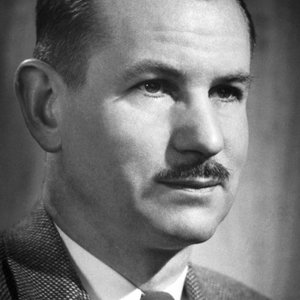
Edwin McMillan
Chemistry, 1951 | Faculty
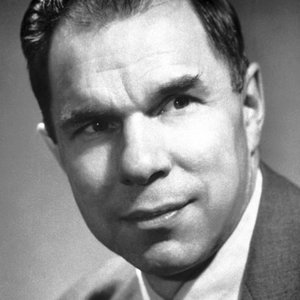
Glenn Seaborg Ph.D. ’37
Chemistry, 1951 | Faculty
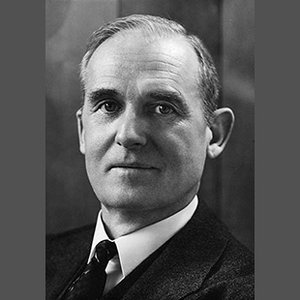
William Giauque B.S. 1920, Ph.D. 1922
Chemistry, 1949 | Faculty
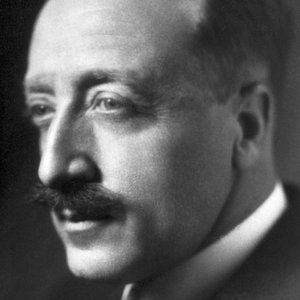
John Howard Northrop
Chemistry, 1946 | Faculty
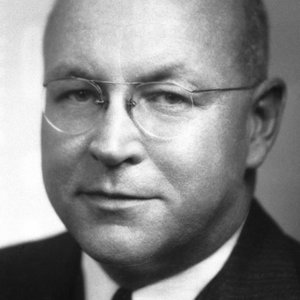
Wendell Stanley
Chemistry, 1946 | Faculty
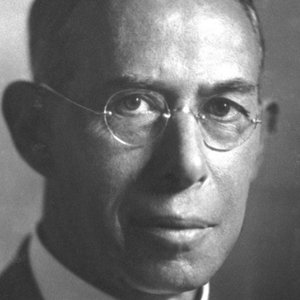
Joseph Erlanger 1895
Physiology or Medicine, 1944 | Alum
Erlanger shared his prize with Herbert S. Gasser for their discoveries relating to the highly differentiated functions of single nerve fibers.
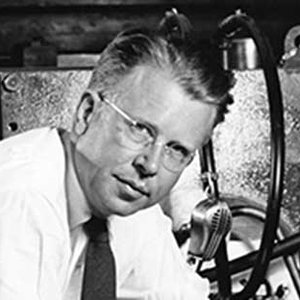
Ernest Lawrence
Physics, 1939 | Faculty

Harold Urey Ph.D. 1923
Chemistry, 1934 | Alum
